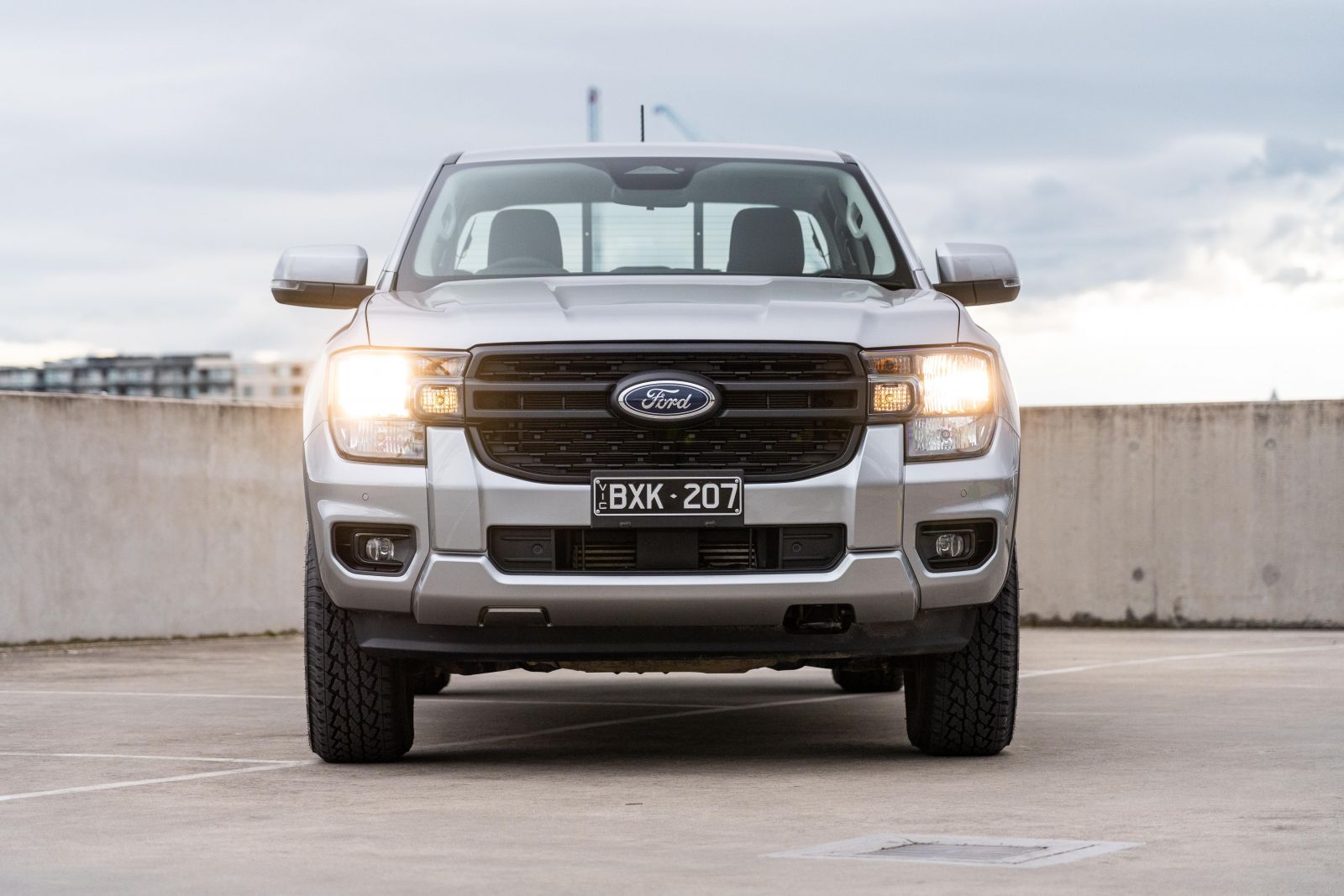Victoria should follow countries like Canada in mandating the daytime use of headlights or daytime running lights, in an effort to reduce the road toll.
That’s according to Victorian Upper House MP Nick McGowan, who has called for new legislation requiring owners of vehicles without DRLs to drive with their headlights on.
He is also calling for the Victorian Government to petition the Federal Government to require all new vehicle imports to have DRLs fitted.
DRLs are lights that come on automatically whenever a vehicle engine is started in daylight. They’re designed in such a way as to improve vehicle visibility in these conditions, and are automated so drivers cannot forget to have them operating.
They’ve been mandatory for new cars in Canada since 1990 and for Europe since 2011.
Mr McGowan’s remarks come shortly after a study was published by the Monash University Accident Research Centre (MUARC), which found DRLs could reduce the risk of crashes by up to 20 per cent.
“We can’t sit by and do nothing,” Mr McGowan said in remarks reported by The Herald Sun.
“When we have clear evidence that by simply turning our lights on we can reduce the likelihood of death or serious injury on our roads then we must act.
“This simple change not only wouldn’t hit the hip pocket of a single household, it would also make everyone’s driving experience safer.”
He also called for a “fair-minded transition period” and for the public to be educated on the benefits of driving with lights on.
By mandating the daytime use of headlights on vehicles without DRLs, such legislation wouldn’t require drivers of older vehicles to retrofit their vehicles with the additional lighting.
In response to Mr McGowan’s suggestion, Premier Dan Andrews said: “We do, I have to say, take our advice from Victoria Police and from the TAC and I think that’s the way people want it.”
“Not to say that ideas that come from other sources are bad ideas,” he added.
“We’ll be looking and analysing the data, looking at anything we can do that will make a meaningful difference.”
His government’s Road Safety Minister, Melissa Horne, said she has met with her counterparts in other states and they were reporting a similar rise in deadly crashes.
“We’re obviously working through our road action plan and we have our targets to reduce the road toll,” she said.
“But it is speed that is the predominant cause of collisions followed then by impairment, so drug and alcohol use.”
The MUARC study used 2010-17 police crash data from Victoria, New South Wales, Queensland and Western Australia to estimate how much DRLs reduce the risk of being involved in a non-nighttime multi-car impact, in which vehicle visibility may be a factor in crash causation.
Data from these source jurisdictions was combined, and stratified by light condition at the time of crash, speed zone at the crash location, and the state in which the crash occurred.
The file consisted of 119,606 casualty crashes, of which 11,013 (9.2 per cent) had at least one vehicle involved in the crash fitted with DRLs as a standard feature.
In daylight there was found to be a reduction in crash risk of 7.6 per cent associated with DRL fitment, whereas at dawn or dusk there was a reduction in crash risk of 20.3 per cent.
Overall, DRL fitment was associated with a highly statistically significantly decrease in crash risk of 8.8 per cent.
The largest estimated relative risk reduction associated with DRL fitment was 23.8 per cent for crashes at dawn or dusk in zones with posted speed limits above 75km/h.
“[The] results provide clear evidence that DRLs should be considered for mandate on all new vehicles to accelerate the process of fitment through the fleet,” the authors stated.
“This would likely lead to reductions in the overall crash risk of the fleet, although the magnitude of the potential reduction is likely to be smaller on average than the effect of some of the latest primary vehicle safety technologies currently available.”
As of Wednesday night, Victoria’s road death toll is sitting at 134. There’s been a significant spike in fatalities on rural roads in particular.
That grim tally could see Victoria post its highest road death toll since 2008, when 304 people lost their lives.
It’s not the only state with a high road death toll. New South Wales has recorded 140 road deaths up to Wednesday May 31, an increase of eight per cent compared to the same period last year.
Victorian Legislative Council MP Georgie Crozier blamed the incumbent Labor state and federal governments for shabby road conditions, which she says are directly linked to the death toll in the state.
“Labor is refusing to accept that there is a problem,” said Ms Crozier, noting last week’s state budget showed a $380 million reduction in annual road maintenance spending since 2020.
“Victoria is broke and Victorians are paying the price with the federal and state budgets cutting road funding at a time when our roads have never been worse and the road toll has skyrocketed.”






